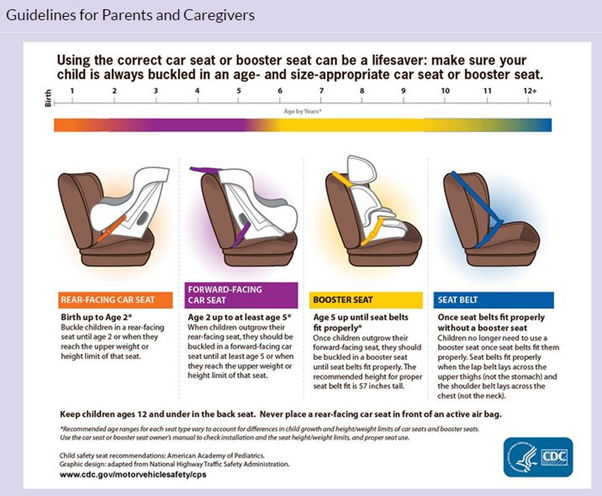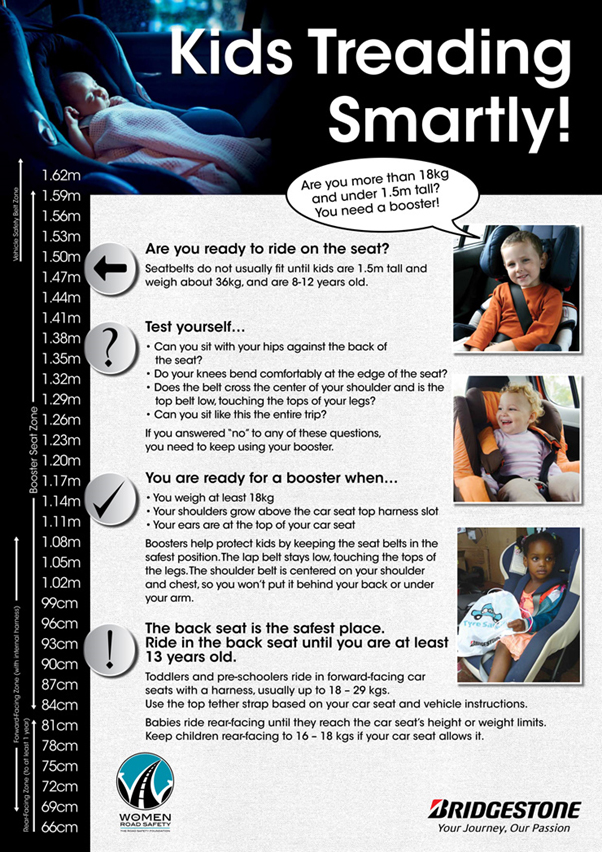15Jun
Car Seat Safety
Ensuring the safety of our little ones is every parent’s top priority, especially when it comes to traveling in a vehicle. One of the most crucial safety measures is the proper use of baby and toddler car seats. In this 2-part Blog series, we will look at the importance of car seat safety, as well as how to check the condition of your car seat, and how to ensure your child is in the right sized seat for them.
It is always a good idea to familiarise yourself with up-to-date car seat regulations to ensure compliance and safeguard your child. Car seats play a vital role in protecting our in case of accidents, reducing the risk of serious injuries or fatalities.
Checking Your Car Seat: Regularly checking the condition of your car seat is crucial for ensuring its effectiveness in providing maximum protection. Here’s how you can inspect your car seat:
- Physical condition:
Examine the car seat for any signs of wear and tear, including frayed straps, cracked shells, or damaged buckles. If you notice any damage, it is essential to replace the seat immediately.
Look for the SABS (South African Bureau of Standards) certification mark on the car seat, indicating that it meets the necessary safety standards and has undergone rigorous testing.
- Proper installation:
Follow the manufacturer’s instructions carefully to ensure the correct installation of your car seat. If your car seat uses the Isofix system, check that the connectors are securely attached to the vehicle’s Isofix anchor points. If your car seat relies on the seat belt, ensure that it is tightly fastened and that the seat is stable with minimal movement.
If you have any further questions or need assistance in choosing the right car seat for your child, don’t hesitate to reach out to the manufacturer or visit the Arrive Alive website for up-to-date information: https://www.arrivealive.mobi/car-seats-for-kids-and-road-safety-in-south-africa
Ensuring the Right Seat for Your Child:
Selecting the appropriate car seat for your child based on their age, weight, and height is essential. Here’s what you need to know:
- Age and weight guidelines:
Infant car seats: These are suitable for newborns and babies up to approximately 13 kg. They should always be rear facing.
Convertible car seats: These can be used in both rear-facing and forward-facing modes. They are suitable for children from birth up to approximately 18 kg or beyond, depending on the specific model.
Booster seats: Once your child outgrows their convertible seat, it’s time to transition to a booster seat. Booster seats are designed for children who have outgrown forward-facing seats but are not yet tall enough to use a seat belt without assistance.
Use the below from the Arrive Alive website as a guideline:

- Rear-facing versus forward-facing:
It is recommended to keep your child in a rear-facing car seat for as long as possible, usually until they reach the weight or height limit set by the manufacturer. Rear-facing car seats provide better protection for a child’s developing body, particularly their head, neck, and spine.
- Booster seat readiness:
When transitioning to a booster seat, ensure that your child meets the minimum requirements specified by the manufacturer. These requirements typically include a minimum age, weight, and height. Booster seats are designed to elevate your child, allowing the seat belt to fit correctly across their body.

Remember, car seat safety is an ongoing commitment. Regularly inspect your car seat for any signs of wear and tear and replace it if necessary. Stay informed about any updates or changes in South African car seat regulations to ensure compliance.
If you have any further questions or need assistance in choosing the right car seat for your child, don’t hesitate to reach out to the manufacturer or visit the Arrive Alive website for up-to-date information: https://www.arrivealive.mobi/car-seats-for-kids-and-road-safety-in-south-africa
